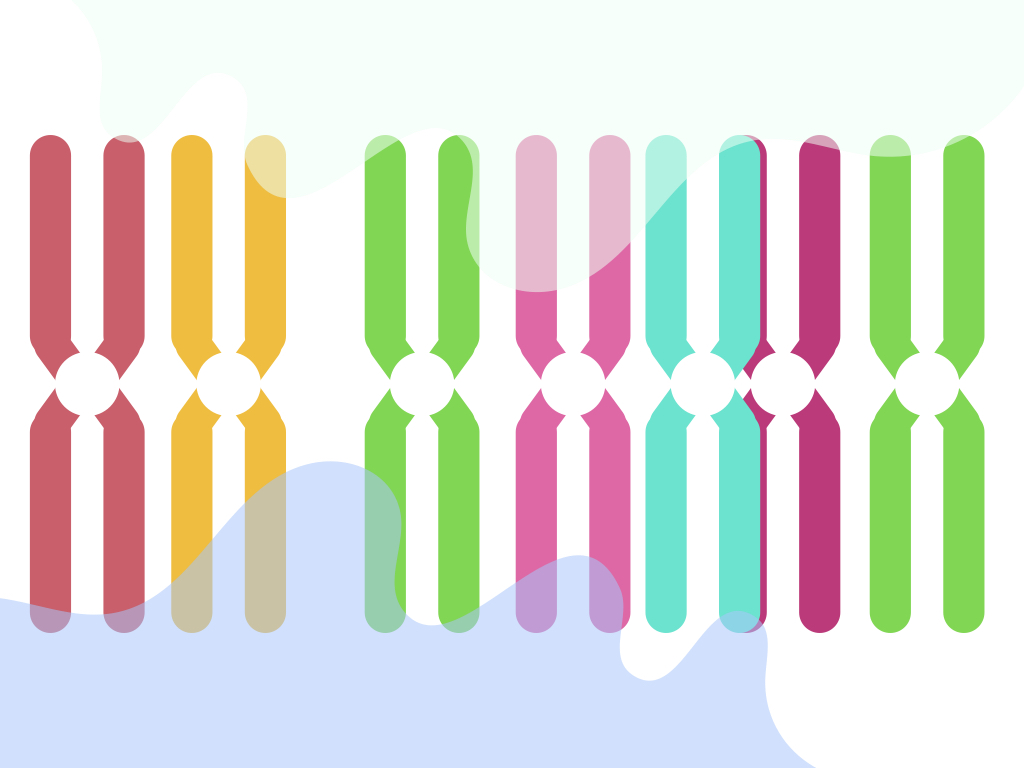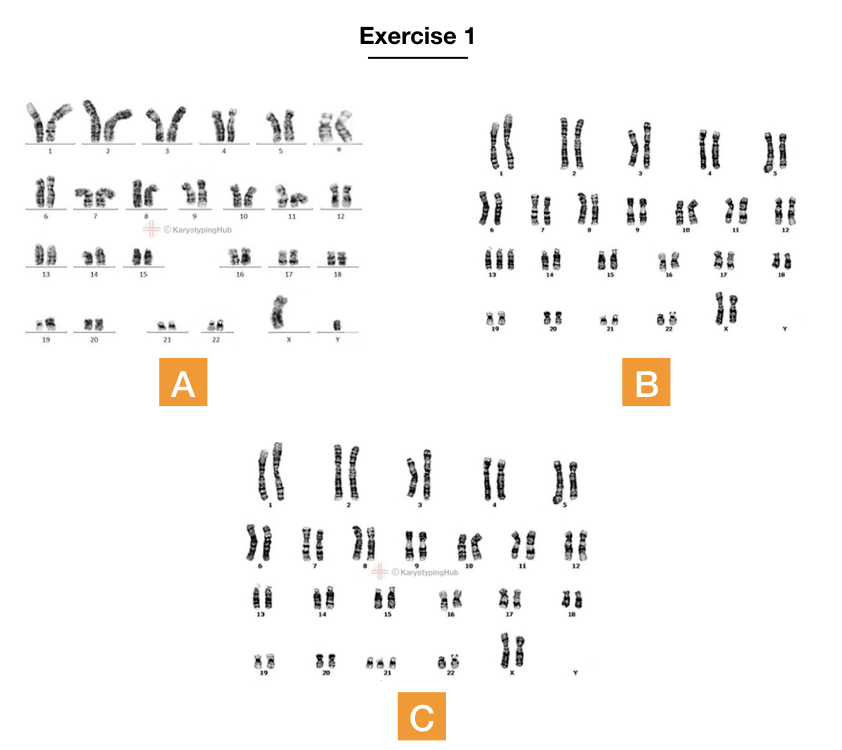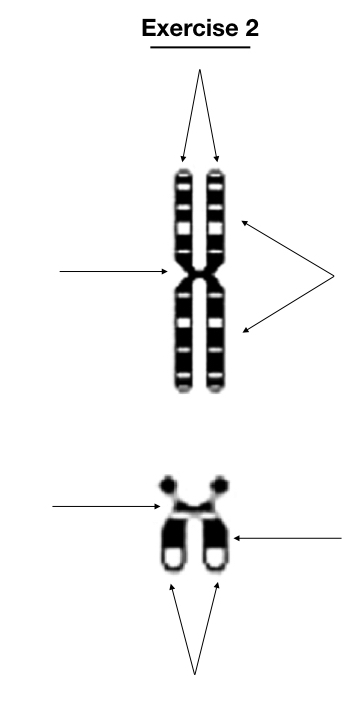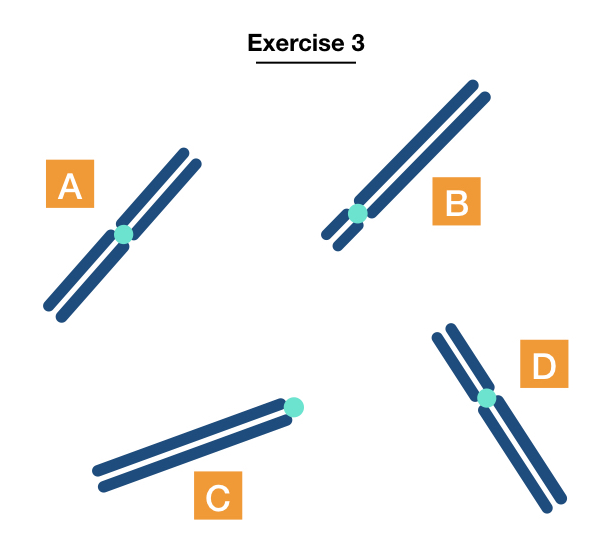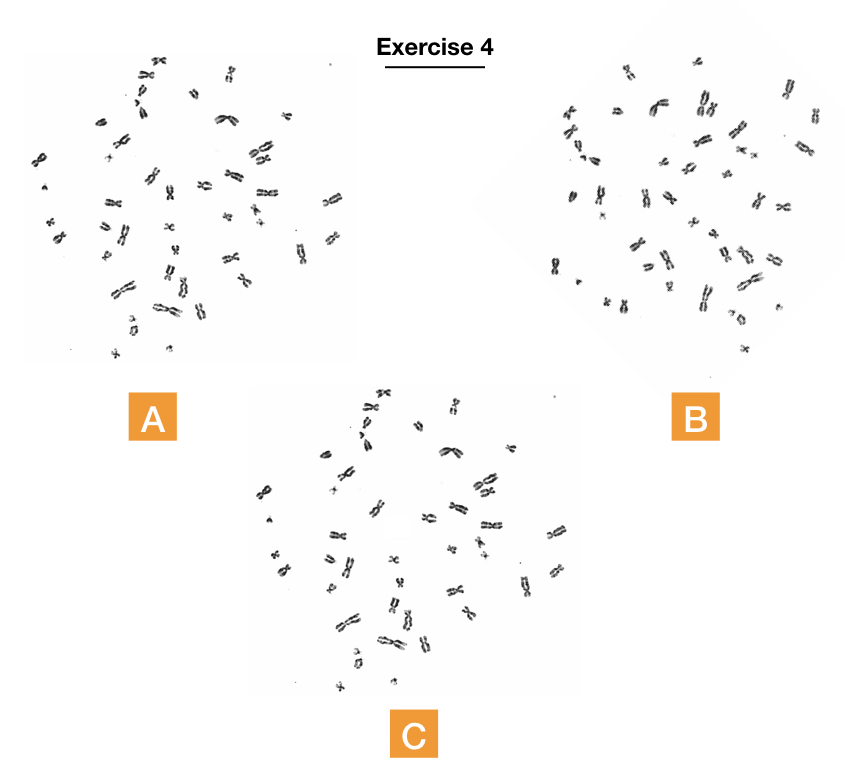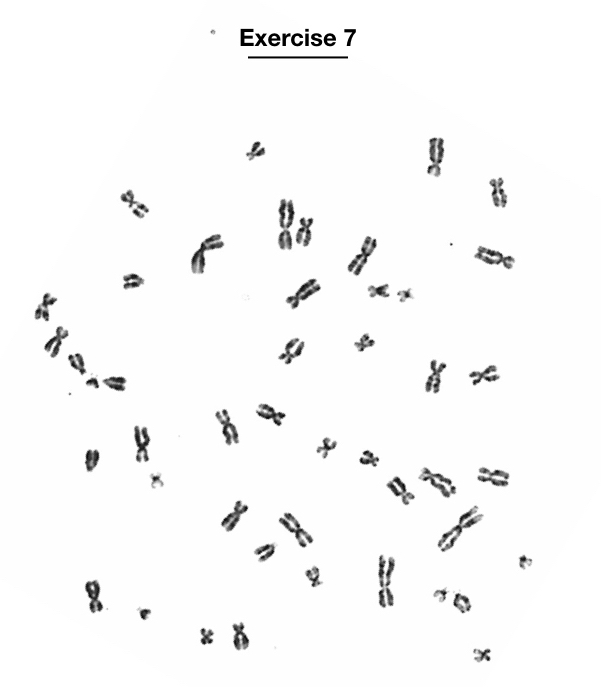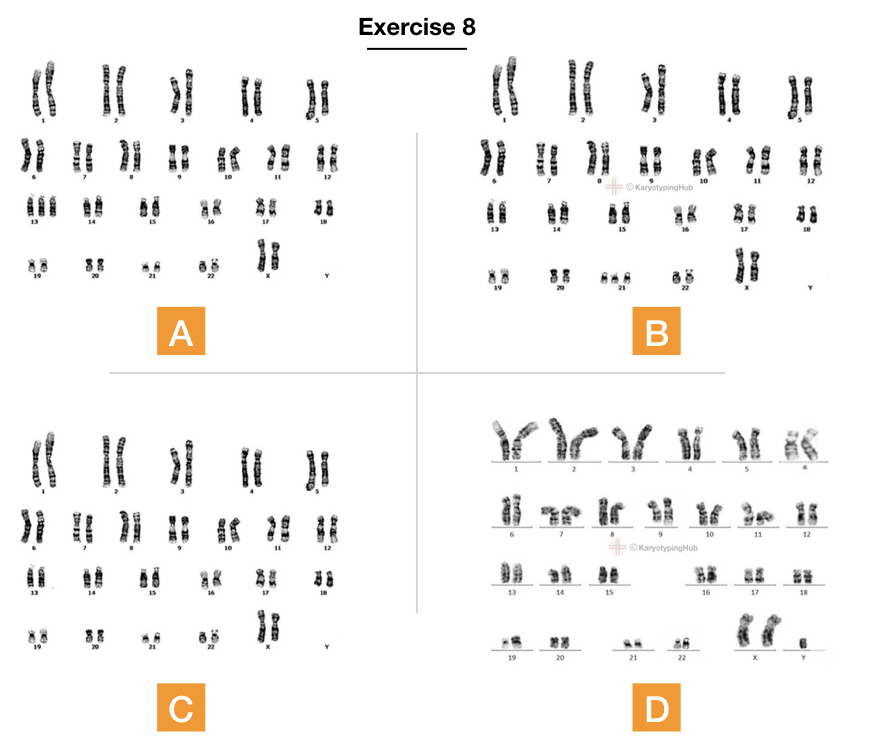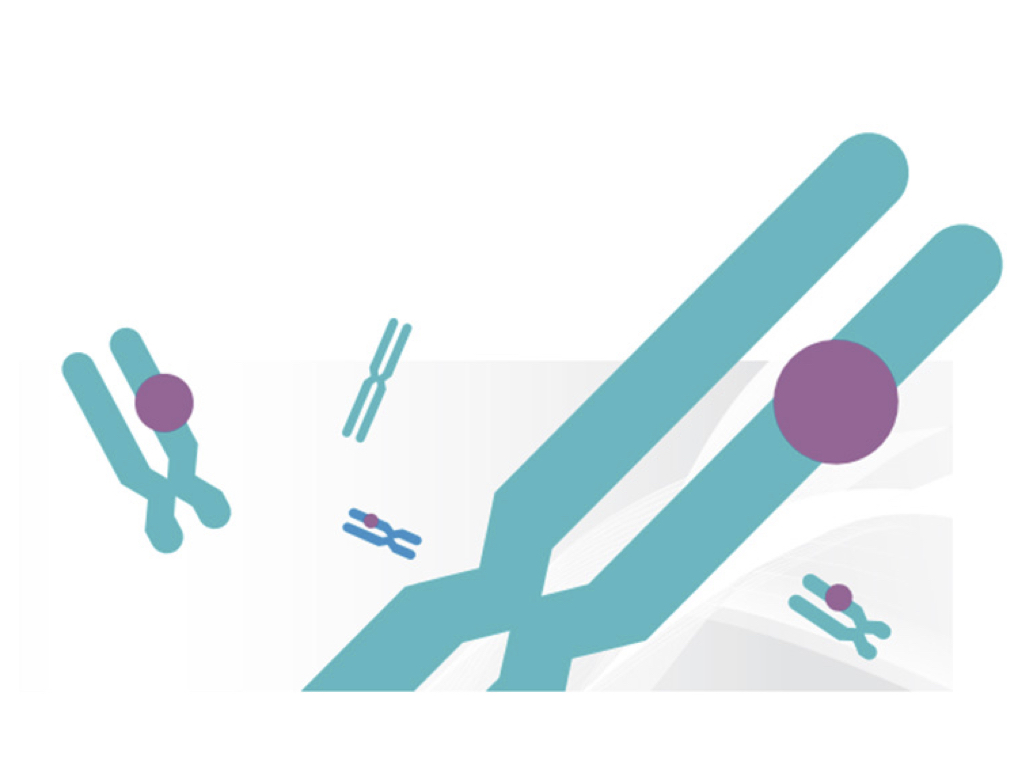Karyotyping is a technique not only to culture the chromosomes but also one has to arrange it and interpret results by themself.
Therefore one must have to learn the technique of karyotyping as well as how to arrange and interpret the chromosomes. Understanding karyotyping and karyotype preparation is hard but not impossible if we learn it sequentially.
So here in the present article, we will learn not only to arrange to karyotype but also I will give you some of the exercises and the assignments to do it by yourself.
If you wish to learn more on the present topic, you can read the present article:
How to perform karyotyping activity?
In order to learn preparing karyogram or karyotype one need to learn how to do it. Here we have designed several karyotyping activity that helps you to learn more regarding the present topic.
- First, go through the article completely.
- Download the required material here.
- Cut is with scissor and past it on plane paper or label it with pencil.
- Perform a single activity at once and check the results by clicking the link given after the end of each activity.
Note that results of ever activity is given separately at end of each activity.
Karyotyping activity 1:
Aim: Finding chromosomal anomalies and calculating chromosome number.
Background: During the process of cell division, especially in meiosis, sometimes chromosomes can’t be separated correctly due to the event known as the non-disjunction and that results in aneuploidies.
Some of the common clinical aneuploidies are trisomy 21, trisomy 18 and trisomy 13 known as Down syndrome, Edward syndrome and Patau syndrome.
Also, the fate of the fetus will be decided, whether it becomes male or female. Now here we have given four different karyotypes you can download it and answer the question given below:
Which karyotype is of male? _______
Which karyotype is of female? _______
Which karyotype is abnormal?_______
Karyotype activity 2:
Aim: locating the part of chromosomes.
Background: the chromosome is a thread-like structure and a complex network of protein and DNA. It has a central part known as a centromere, the ends knowns as the telomers, and the body part known as the arms.
Locate each part of the chromosomes, down the image of the karyotype and labelle it.
Karyotyping activity 3:
Aim: identifying the type of chromosomes.
Background: Every chromosome of human are different in terms of structure and number of genes. Hence every chromosome has a different shape. Based on the location of the centromere, the chromosomes are classified into metacentric, submetacentric, telocentric or acrocentric.
Your question for the present activity is to identify chromosomes based on their location of centromere.
Karyotyping activity 4:
Aim: Count the number of chromosome and interpret the results.
Background: a total of 46 chromosomes in 23 pairs are present in the human genome. insertion or deletion of the chromosome from the genome is known as aneuploid.
Your activity is identify the monosomy (45 chromosomes), disomy (47) and normal (46).
karyotyping activity 5:
Aim: Find out the mission chromosomes and stitch it with the pair
Here in the present karyotype, we have given a karyotype of a haploid set of chromosomes. The same karyotype is given in the form of metaphase spread. You have to identify chromosomes and arrange them with the pair.
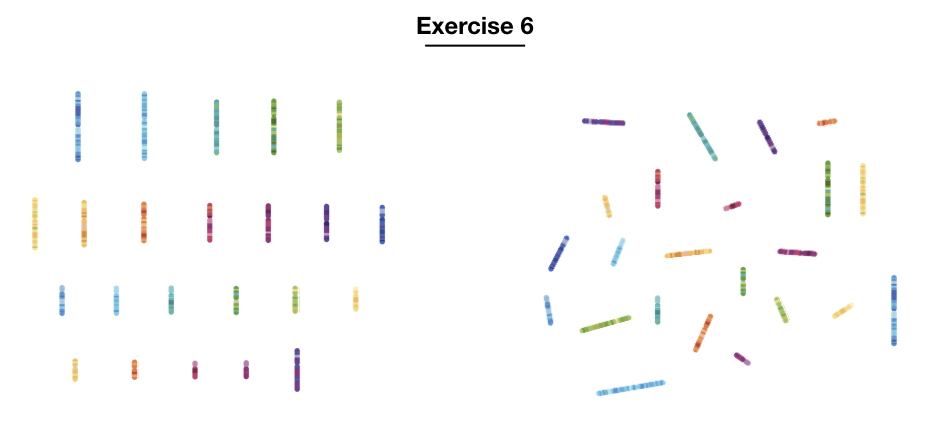
Karyotyping activity 6:
Aim: arrange the chromosomes in pair.
Background: human chromosomes are arranged in pairs. 22 pairs of autosomes and a pair of sex chromosomes are present in the human genome.
Arrange chromosomes in pair based on their size, shape and colour.
Karyotyping activity 7:
Aim: locate the acrocentric chromosomes.
Background: The metacentric chromosomes are smaller in size and gene-less chromosomes. moreover, they don’t have p arm and hence centromere is located far near to the P arm. chromosomes 20, 21, and 22 are smaller metacentric chromosomes.
In our previous article we have explained how to identify the acrocenetric chromosomes. Here you have to identify every possible acrocentric chromosomes.
Karyotyping activity 8:
Aim: Identify down syndrome, Patau syndrome and Edward syndrome karyotype from the given karyogram.
Background: As we said due to the even known as the non-disjunction, the aneuploidies occur. Here we have given several conditions you have to identify.
Here we have given only 8 activities. We will search several other activities and will trying to design assignment that will help you.
Conclusion:
I hope this activities will help you to understand cytogenetics and karyotyping. The karyotyping technique is widely used in prenatal testing (known as fetal karyotyping) to known the chromosomal status of the fetus.
If you want to pursue your career in genetics, specially in the cytogenetics, this article will definitely helps you.
